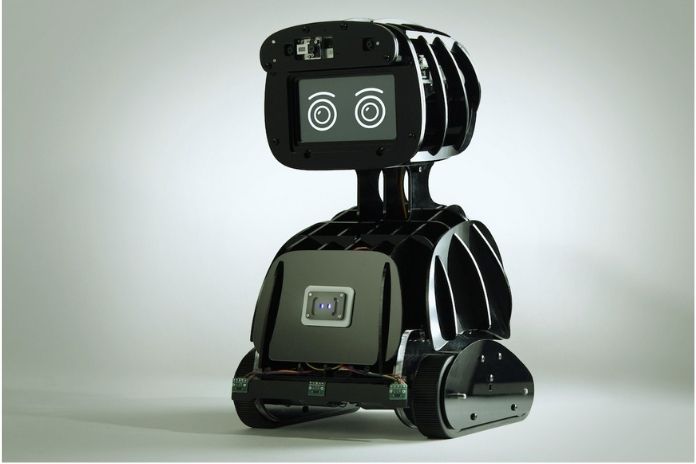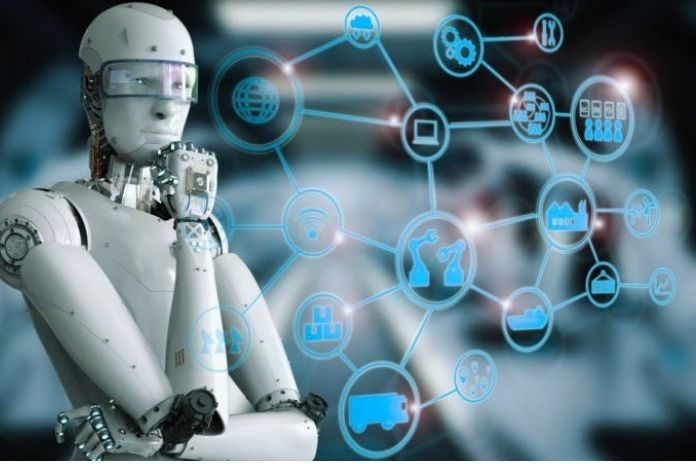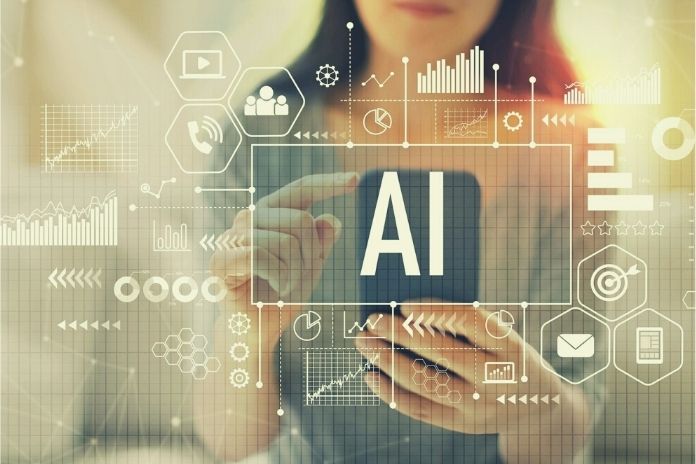In times of increasing data traffic and increased business-critical applications, companies should prepare for digital transformation. Many are still a long way from a future-oriented, cloud-compatible IT infrastructure. For them, converged infrastructure systems can be a quickly implementable alternative to conventional solutions.
It sounds like a relic of the old days, but servers based on RISC and Unix systems are still common practice in some companies; they continue to prevail, particularly in the financial and health sectors. This does not mean that the companies are modern and future-proof. A particular obstacle is that the systems are not suitable for integrating cloud environments due to their proprietary system software. At the same time, new applications and the know-how among IT professionals for the old platforms are increasingly dying out.
Companies that continue to operate such an outdated IT infrastructure despite everything quickly lag behind the competition. Because the advancing digitization “forces” companies to set up their IT environments in an agile, flexible, and decisive manner. A healthy thought-out IT infrastructure solution that ideally supports all cloud variants can be the solution here.
Rethink The Foundations Of The IT Infrastructure In The Company
The new cloud-based IT environment should support existing applications and processes and design agile development and deployment models. Because a future-proof IT infrastructure acts as a strategic partner for a company, automating and simplifying (existing) business processes. An alternative to the outdated solutions is cloud-compatible converged infrastructure systems that meet all the criteria of sustainable corporate IT. They include selected and validated server, storage, and network components. These are combined in an optimized IT system – including management and virtualization software.
Converged Infrastructure:
Where Does It Make Sense?
While a Hyper-Converged Infrastructure (HCI) primarily appeals to companies that want to set up a standardized platform for exclusively virtualized workloads and microservices with little effort, a Converged Infrastructure (CI) is particularly suitable for companies with more than 500 employees. These have high demands on their IT infrastructure regarding scalability, performance, availability, and reliability.
The advantages of a CI solution: Thanks to the integrated architecture, it can be used in virtualized and non-virtualized customer environments and hybrid cloud scenarios. Furthermore, it easily adapts to different requirements. On the one hand, this minimizes the business risk and, on the other hand, increases the efficiency of the data centers.
Datacenter Architecture: Modern And Custom-Made
The FlexPod-CI is designed to increase IT responsiveness while reducing computing costs. It consists of four main components: Unified Computing System (UCS), Unified Management software, storage components, and data center switches – all coordinated with one another. Therefore, the implementation effort is deficient; ideally, it takes less than a day to get the CI up and running.
Since the UCS systems have a programmable infrastructure, users can centrally manage the server resources using unified management software and flexibly assign workloads. Different automation functions simplify operation. Users also can centrally manage FlexPods working in different data centers and automating the entire stack. Further advantages for companies with demanding business applications: Fast flash memory for applications that require short response times, central storage management, automated data management, and high performance of the data center switches with data rates of up to 400 Gbit / s.
IT Infrastructure In The Company: FlexPod In Practice
In practice, this can mean: Increase reliability, create data backups. The IT service provider Logicalis implemented a FlexPod system with a NetApp Metro cluster with 30 terabytes for the medium-sized office manufacturer. Thus, Palmberg can save CIFS (Common Internet File System) data and secure virtual machines ten times faster. Thanks to the deduplication of the CIFS data, the company could save about 40 percent of the storage volume.
Reason for the implementation: a complete renovation of the data center. In collaboration with Logicalis, the university’s IT department developed a concept based on the FlexPod CI. It ensures that the IT infrastructure in the company is flexible and expandable as required. The higher reliability, especially of the SAP systems, is another advantage of the solution.
IT Infrastructure In The Company: Little Effort, Significant Effect
With competent support for implementing a converged infrastructure, companies can quickly set up their IT infrastructure for the future. Such a solution, which can be flexibly adapted to the respective requirements, relieves the IT department. This can again concentrate on its core business and easily control demanding business applications.
ALSO READ: Hyperscale: How Companies Get The Most Out Of The Hybrid Cloud










